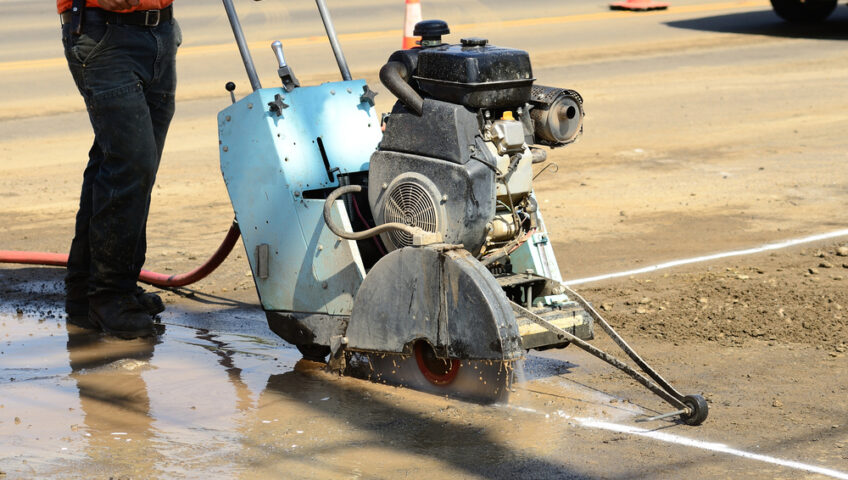Wet vs. Dry Cutting of Concrete: Which is Better?
Concrete, renowned for its durability and versatility, is one of the most widely used construction materials globally. However, the process of cutting concrete can be challenging, often raising questions about the best practices. One common query is whether it’s better to cut concrete wet or dry. This article explores both techniques to help you make an informed decision.
Wet Cutting
Wet cutting involves using water as a coolant during the cutting process. This technique has numerous advantages:
- Dust Suppression: Wet cutting significantly reduces the amount of dust produced during the operation, as water keeps the dust from becoming airborne. This is especially important when cutting concrete, as the dust can be harmful when inhaled.
- Blade Longevity: The water used in wet cutting acts as a coolant, preventing the blade from overheating, which can extend the life of diamond blades.
- Reduced Noise: Wet cutting tends to produce less noise than dry cutting, which can be beneficial in residential areas or workplaces where noise reduction is necessary.
However, there are also downsides to wet cutting. Water can create a messy work environment, and the resulting slurry needs proper disposal due to environmental regulations. Also, wet cutting generally requires more setup time and equipment, such as a water source and potentially a pump or water feed tool.
Dry Cutting
Dry cutting, as the name suggests, involves cutting without the use of water. Here are its key advantages:
- Convenience: Dry cutting requires less equipment and setup, making it quicker and more convenient for many projects, especially those of a smaller scale or in areas where water isn’t readily accessible.
- No Slurry: Without the water, dry cutting avoids the production of slurry, reducing the cleanup work and simplifying waste disposal.
The main downside to dry cutting is the dust it produces, which can pose a health risk if proper safety measures aren’t in place. Also, dry cutting tends to wear out blades faster due to higher heat levels.
Wet vs. Dry Cutting: Which is Better?
Whether it’s better to cut concrete wet or dry often depends on the specific circumstances of the project.
For indoor projects or those in residential areas where dust control is vital, wet cutting is typically the better choice. It’s also suitable for larger projects or long periods of continuous cutting where blade longevity is critical.
Conversely, dry cutting might be the preferred method for quick jobs, smaller projects, or areas where water usage is impractical or not permitted.
In both cases, remember that safety should always be the top priority. Proper personal protective equipment, such as dust masks, goggles, and gloves, should be used regardless of the method chosen.
In conclusion, both wet and dry concrete cutting methods have their own pros and cons, with neither being categorically better than the other. The choice between wet and dry cutting should be made based on the project’s requirements, environmental factors, and necessary safety considerations.


Write a Comment